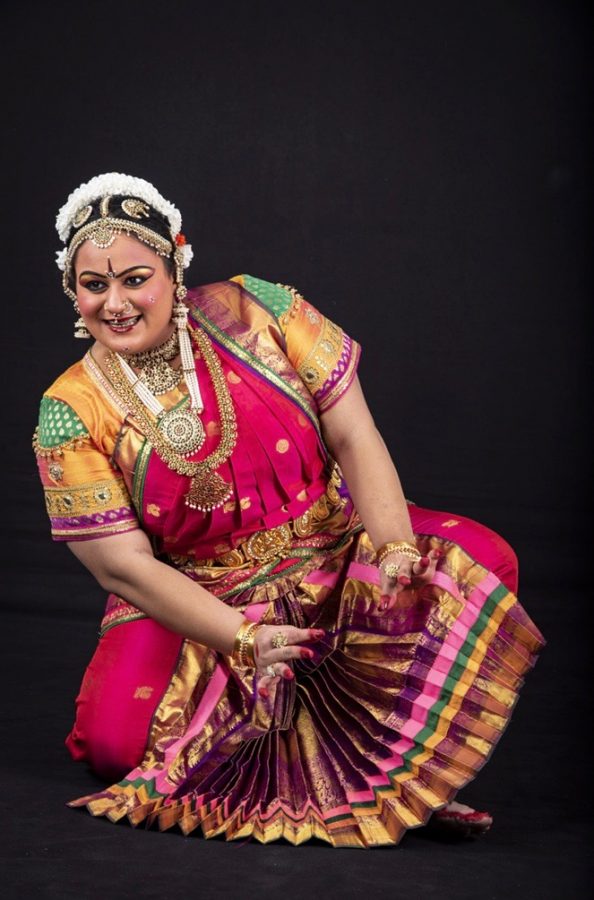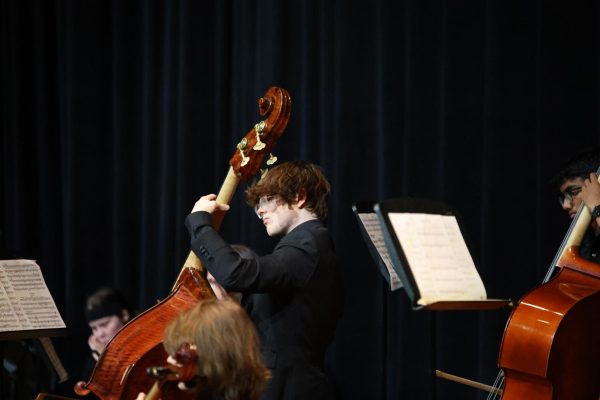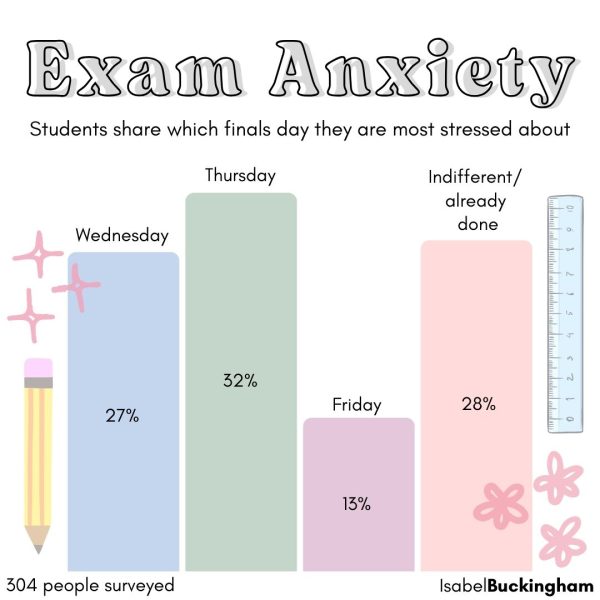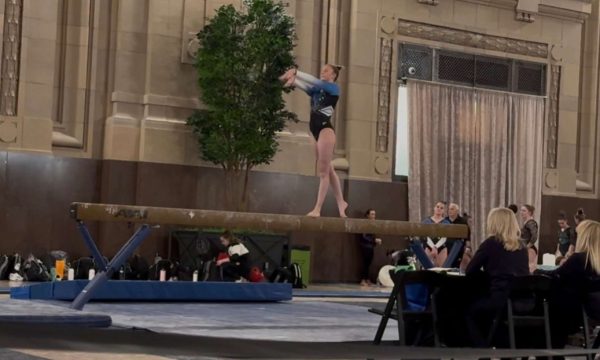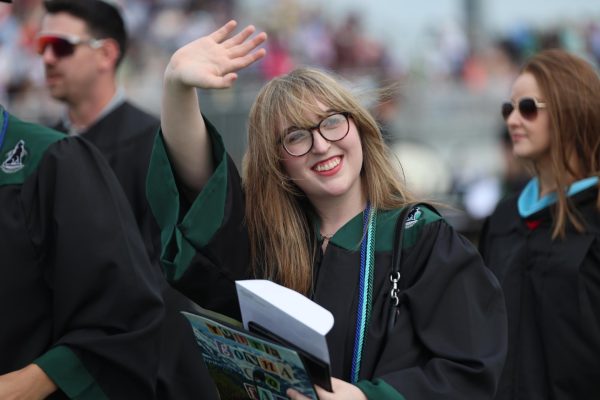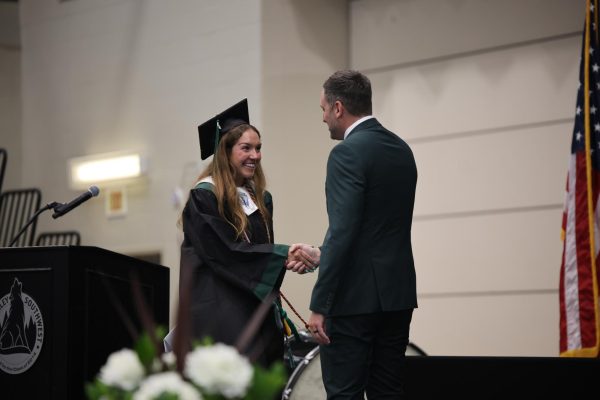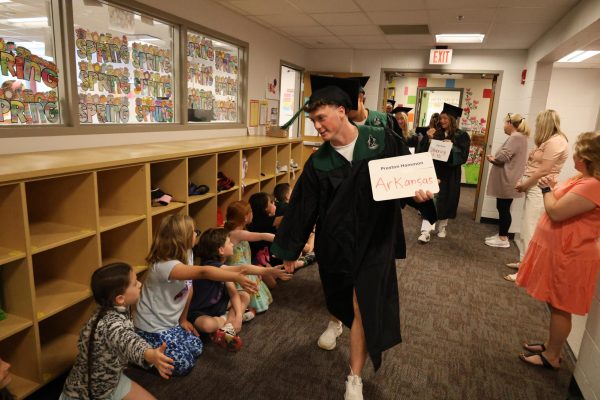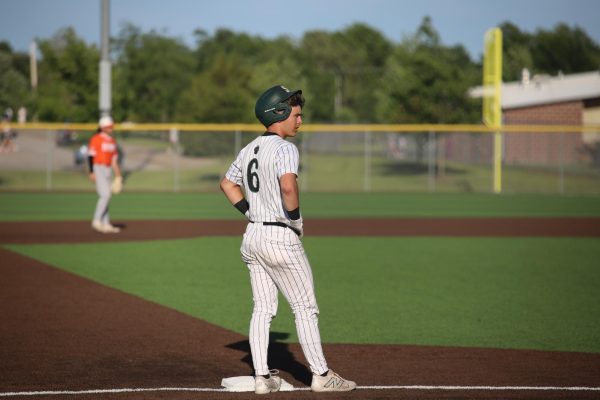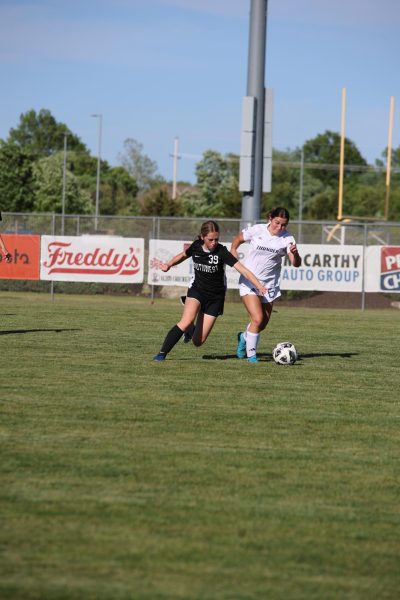The Dance Experience: Students share their insights into a traditional Indian dance
Next year, sophomore Ananya Balakrishnan will be graduating — not from school, but from the Nartan Academy of Dance in July.
Since the age of 7, Balakrishnan has been learning Bharatanatyam, the oldest classical dance tradition of India. Bharatanatyam expresses South Indian religious themes. According to CulturalIndia.net, traditionally it is performed as an interpretive narration of mythical legends and spiritual ideas from the Hindu texts.
In Bharatanatyam, dancers use distinctive elements that distinguish it from other forms of Indian dance including a fixed upper torso, bent legs, spectacular footwork and sophisticated hand, eye and facial gesturing. It is so sophisticated it takes an enormous amount of dedication in order to become proficient.
“I started dancing when I was around 7 years old,” Balakrishnan said. “Dance is a big part of my life because I’ve done it for so long, and it’s a way for me to tie back to my culture.”
Balakrishnan said dance has become such a significant part of her life and she has learned to love it.
“It’s pretty intense,” Balakrishnan said. “I mean, we’re going to practice six times a week, and we have to eat four meals. It’s a lot both mentally and physically.”
She said there were times when she wanted to quit because of the amount of effort required to dance while keeping up with school.
“Mainly because of the cost and the amount of effort that needs to be put in, because, of course, school always comes first,” Balakrishnan said. “I dance six times a week for 14 hours in total.”
For Balakrishnan, all of these years of dedication will culminate in a three-hour performance on July 5, 2020.
“Before, it was just something I wanted to do just to meet up with my friends, but over time, it’s grown to be a passion and it’s something that I would really like to continue into the future,” Balakrishnan said.
Freshman Kanika Radadiya performed her graduation dance on June 29, a performance she had been preparing for since the age of 5.
“To my family, this was something really special because they put my other sisters through it and to be able to see their third daughter go through it was awesome,” Radadiya said. “It is very intense and it takes a lot of courage and strength to go through it. It was 16 hours a week, but in the month of June, it was 10 hours every single day.”
This level of dedication comes at a cost to these dancers.
“I have tendonitis in both my ankles, I have plantar fasciitis in my feet and my hips are now unaligned,” Kanika said.
Dancing also has a monetary cost. Not only do the families of dancers pay for the classes necessary to learn this dance proficiently, but on the big day of the performance, the family must pay for everything from food to special musicians
which are flown in from India — to costumes. Radadiya said the expenses for such an event are comparable to the cost of a wedding. Sophomore Evanna Dominic preformed her arangetram on June 23.
“Overall, the cost itself isn’t bad,” Dominic said. “It’s maybe like $500 per semester, but the event costs $20,000.”
Dominic said she was really excited in the days leading up to her performance.
“It marked a large part of my life because I spent so much time working on it,” Dominic said.
On the day of the event, there is a whole itinerary.
“It’s very stressful. Everyone is doing your make up, doing your hair, pulling you in every direction, and then they are feeding you and when you are preforming, they’ll pull you back and be like shoving food in your mouth just to make sure you can actually pull out for the next three hours,” Radadiya said.
To all of these ladies, motivation is key, and a key part of that motivation is their families. For Dominic, it was her mom.
“She’s an amazing person, and I don’t think I could have done this without her,” Dominic said. “Every time I had a bad day or dance at anything my teacher would yell at me and I mean, yell…she would always be there for me and motivate me to help me keep going.”
The performance is an important part of their family traditions and is considered a rite of passage and a dream realized for their families.
“Dance means a lot to me and it is a big part of my life,” Balakrishnan said. “It strengthens the bond with my culture, and it is my way of releiving stress and having fun.”


